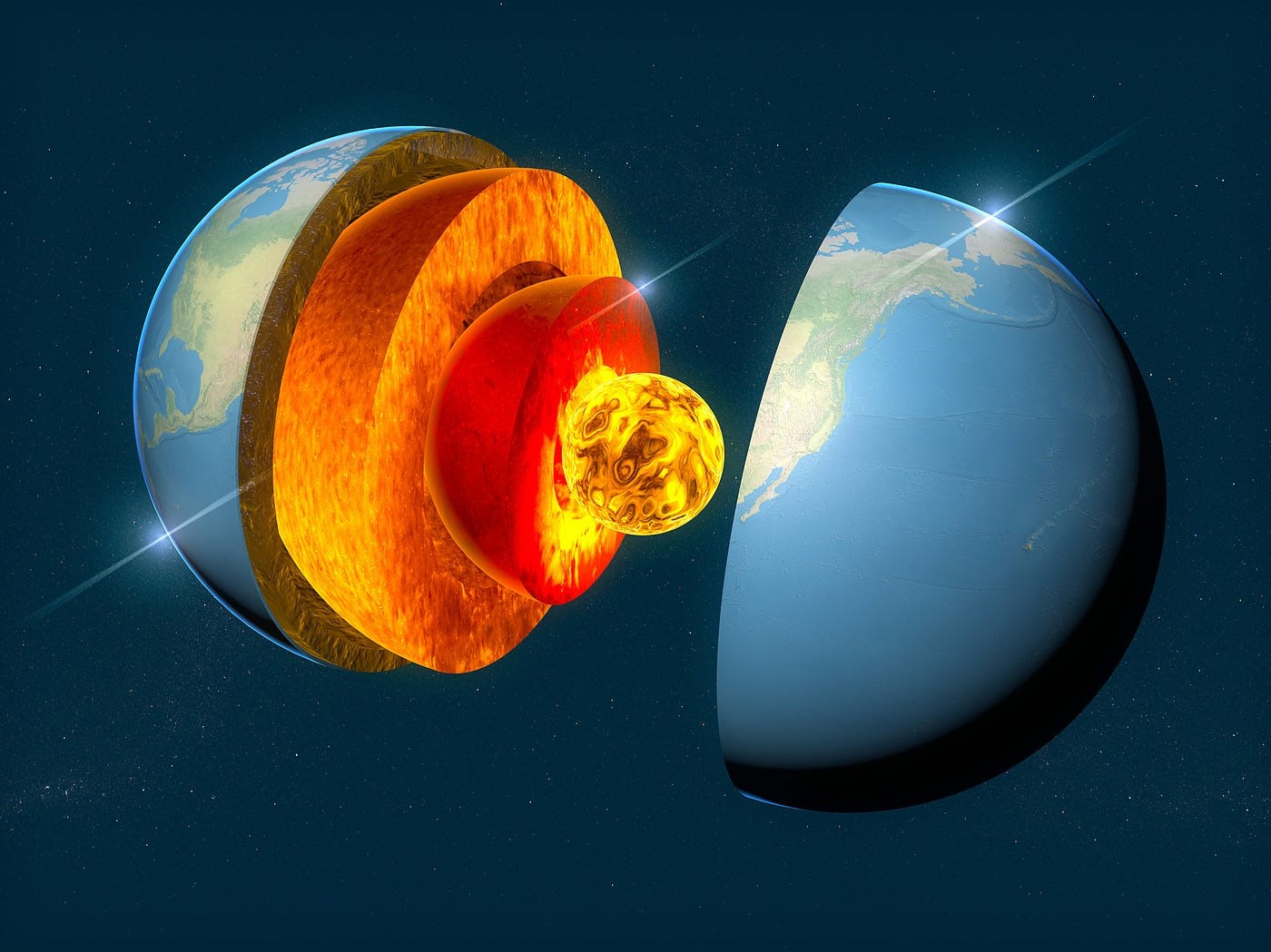Home>Weather and Climate>Why Are the Poles Colder Than the Equator?


Weather and Climate
Why Are the Poles Colder Than the Equator?
Published: November 30, 2024
Explore the significant variance in temperature between the poles and the equator, shedding light on weather and climate patterns worldwide.
(Many of the links in this article redirect to a specific reviewed product. Your purchase of these products through affiliate links helps to generate commission for Temperatures.com, at no extra cost. Learn more)
So, let's dive straight into the heart of our planet's climate diversity, focusing on the poles and the equator. Picture standing at the equator, basking in warm sunlight almost every day. Temperatures here hover around a cozy 30°C (86°F) year-round. Why so warm? Well, sunlight hits the equator head-on, spreading little of its warmth elsewhere. This direct kiss from the sun keeps things consistently toasty.
Now, imagine trekking to the poles. You'd better bundle up because it's a whole different world there. Temperatures can plummet to a bone-chilling -40°C (-40°F) or even lower during winter. Summer offers slight relief, with mercury barely climbing above 0°C (32°F). The reason? Sunlight strikes these regions at an oblique angle, spreading its warmth over a larger area and losing much of its power before it even reaches the ground.
This stark contrast in temperature between the poles and the equator is a fundamental aspect of our planet's climate system. It drives ocean currents, influences weather patterns, and even affects biological diversity. So, whether you're sweating at the equator or shivering at the poles, you're experiencing the dramatic effects of Earth's tilt and its orbit around the sun.











